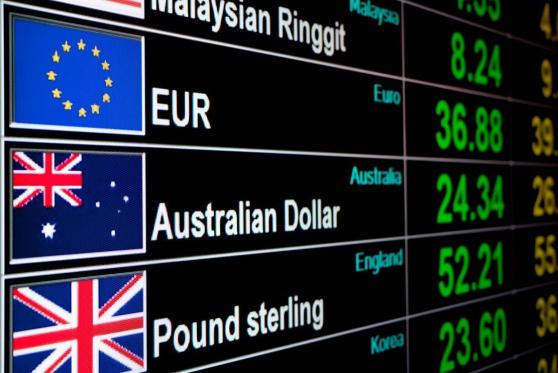PoundSterlingLIVE - The Australian Dollar was higher after Aussie wage data maintained expectations for further Reserve Bank of Australia interest rate hikes, but it was news out of China and the U.S. that likely had the greater impact on the currency.
Australia's Wage Price Index rose 4.0% year-on-year in the third quarter, said the ABS, which was above the 3.9% figure the market was expecting and above the previous quarter's 3.6% outcome.
On a quarter-on-quarter basis, the rise stood at 1.3%, which was in line with expectations but above Q2's 0.9% increase.
The figures suggest wages can continue to provide upside pressure on domestic inflation and prevent the RBA from declaring victory. On balance, this is supportive of AUD as further interest rate hikes are possible.
The Australian Dollar to U.S. Dollar exchange rate has risen to 0.6509, the Pound to Australian Dollar exchange rate has fallen to 1.9158, the Euro to Australian Dollar rate has fallen to 1.6711.
But external drivers are likely to have a greater impact on the Aussie Dollar, with China and the U.S. printing supportive numbers over the past 12 hours.
In China, industrial production rose 4.6% year-on-year in October, surpassing expectations for 4.4% and suggesting the outlook in Australia's key trade partner has improved.
Retail sales in China meanwhile jumped 7.6% in the year to October, far outstripping the consensus expectation for 7.0% and September's 5.5%.
The lion's share of AUD meanwhile gains followed Tuesday's U.S. CPI inflation release, which came in below expectations and suggested the Federal Reserve was all but done with raising interest rates.
This boosted global equities and risk-sensitive assets such as the Aussie Dollar.
"US CPI inflation data coming in weaker than expected, in terms of both the headline and core rates, dragging the USD sharply down across the board," says Roberto Mialich, FX Strategist at UniCredit (LON:0RLS) Bank. "High-beta currencies, such as the AUD, the NZD and, to a lesser extent, the CAD also enjoyed a strong rally."
Markets have meanwhile raised expectations for interest rate cuts to commence by mid-year, which should further support the global economic backdrop and currencies such as the Australian Dollar.
An original version of this article can be viewed at Pound Sterling Live
